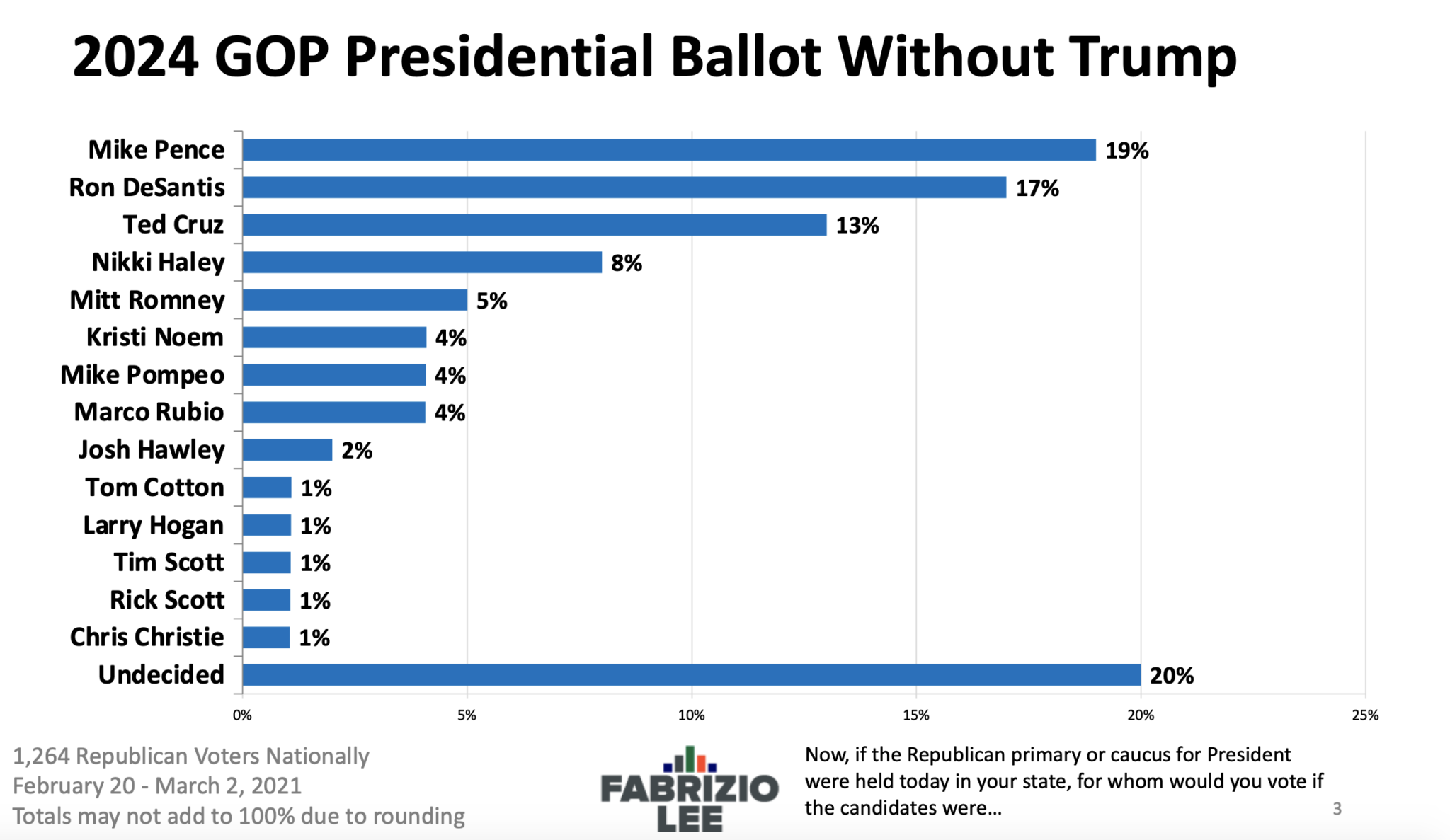Key Findings and Trends

Rasmussen Reports has been conducting presidential polls for over two decades, providing valuable insights into the evolving political landscape. Analyzing the trends in these polls reveals significant patterns that shed light on voter sentiment and potential election outcomes.
Comparison with Other Polls
Rasmussen Reports polls often differ from other major presidential polls, such as those conducted by Gallup, Pew Research Center, and ABC News/Washington Post. These differences can be attributed to various factors, including polling methodology, sample size, and weighting techniques. Rasmussen Reports utilizes a live caller ID system, which allows them to reach a wider range of respondents, including those who may not be listed in traditional phone directories.
- Rasmussen Reports polls typically have a smaller sample size than other major polls, which can impact the margin of error and the overall reliability of the results.
- The weighting techniques used by Rasmussen Reports differ from those employed by other polls, potentially leading to variations in the representation of certain demographic groups.
- Rasmussen Reports polls have been known to produce results that are more favorable to Republican candidates than other polls, leading to accusations of bias.
Impact on the Political Landscape
The results of Rasmussen Reports polls can have a significant impact on the political landscape, particularly during election cycles.
- Candidates and campaigns often cite Rasmussen Reports polls to bolster their arguments and demonstrate their popularity with voters.
- Media outlets frequently report on Rasmussen Reports poll results, shaping public perception and influencing the narrative surrounding the race.
- Political analysts and pundits often use Rasmussen Reports data to predict election outcomes and assess the strength of different candidates.
Trends in Presidential Poll Data, Rasmussen presidential poll
Over time, Rasmussen Reports presidential poll data has revealed several key trends:
- The polls have consistently shown a strong correlation between voter sentiment and economic conditions, with positive economic indicators typically translating into higher approval ratings for the incumbent president.
- The polls have also highlighted the importance of demographic factors, such as age, race, and gender, in shaping voting patterns. For example, Rasmussen Reports polls have consistently shown that older voters tend to be more conservative than younger voters, while African American voters are more likely to support Democratic candidates.
- The polls have revealed the growing influence of social media and online news sources on voter opinions, with candidates increasingly using these platforms to reach and engage with voters.
The Role of Rasmussen Reports Polls in Election Coverage: Rasmussen Presidential Poll

Rasmussen Reports polls have become a significant part of election coverage, providing insights into voter sentiment and potential election outcomes. These polls are widely used by media outlets and political analysts, influencing public opinion and shaping the narrative surrounding elections.
Influence on Media Coverage
Rasmussen Reports polls are frequently cited by news organizations, political commentators, and analysts during election cycles. Media outlets often use these polls to gauge the current state of the race, highlight potential trends, and provide context for their coverage. For example, Rasmussen Reports’ daily tracking polls are often referenced by major news networks like CNN, Fox News, and MSNBC, providing a snapshot of the race’s dynamics.
Impact on Public Opinion and Voter Behavior
The results of Rasmussen Reports polls can influence public opinion by highlighting specific candidates’ strengths and weaknesses. They can also impact voter behavior by influencing voter decisions and encouraging participation in the electoral process. The polls’ findings can generate media attention and discussion, potentially swaying undecided voters or motivating supporters to engage in campaign activities.
Coverage Across Media Platforms
| Media Platform | Coverage of Rasmussen Reports Polls |
|---|---|
| Television News | Rasmussen Reports polls are frequently cited on major news networks, such as CNN, Fox News, and MSNBC, often incorporated into election coverage segments and analyses. |
| News Websites | Online news outlets, including The New York Times, The Washington Post, and Politico, often reference Rasmussen Reports polls in their election coverage, using them to provide insights into voter sentiment and race dynamics. |
| Social Media | Political analysts, commentators, and social media influencers often share and discuss Rasmussen Reports poll results, generating online discussions and influencing public opinion. |
The Rasmussen Presidential Poll offers a fascinating snapshot of the political landscape, revealing shifts in public opinion and potential voting trends. It’s interesting to see how these trends might translate to other areas of public interest, such as the exciting new era of the Kenny Pickett Eagles , where fans are eagerly awaiting the team’s performance this season.
Ultimately, the Rasmussen Presidential Poll provides a valuable tool for understanding the pulse of the nation, even as we anticipate the upcoming season for Philadelphia’s beloved Eagles.
The Rasmussen Presidential Poll is a powerful tool for gauging public opinion, but even the most insightful data can be best analyzed from a comfortable vantage point. That’s why it’s important to have the right boss table and chair in your office, providing a space conducive to focused analysis and decision-making.
Ultimately, the success of any poll depends not just on the data itself, but on the environment in which it’s interpreted.
